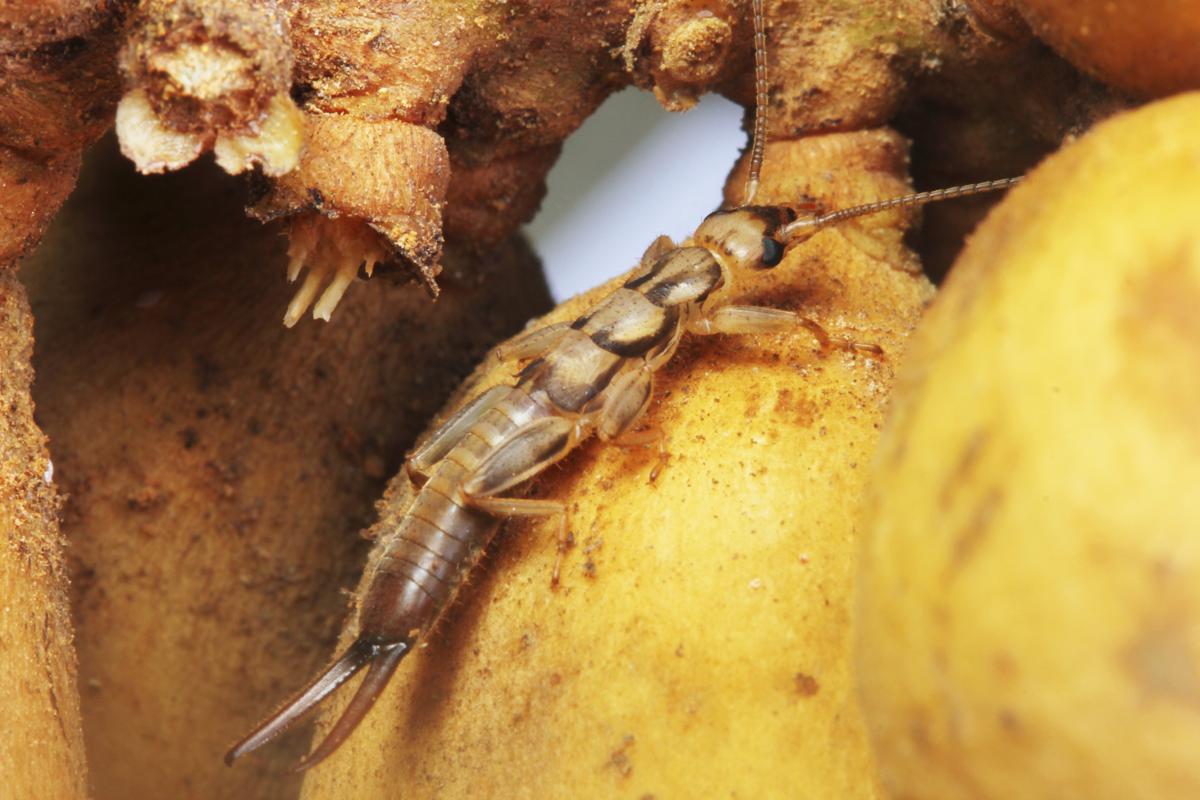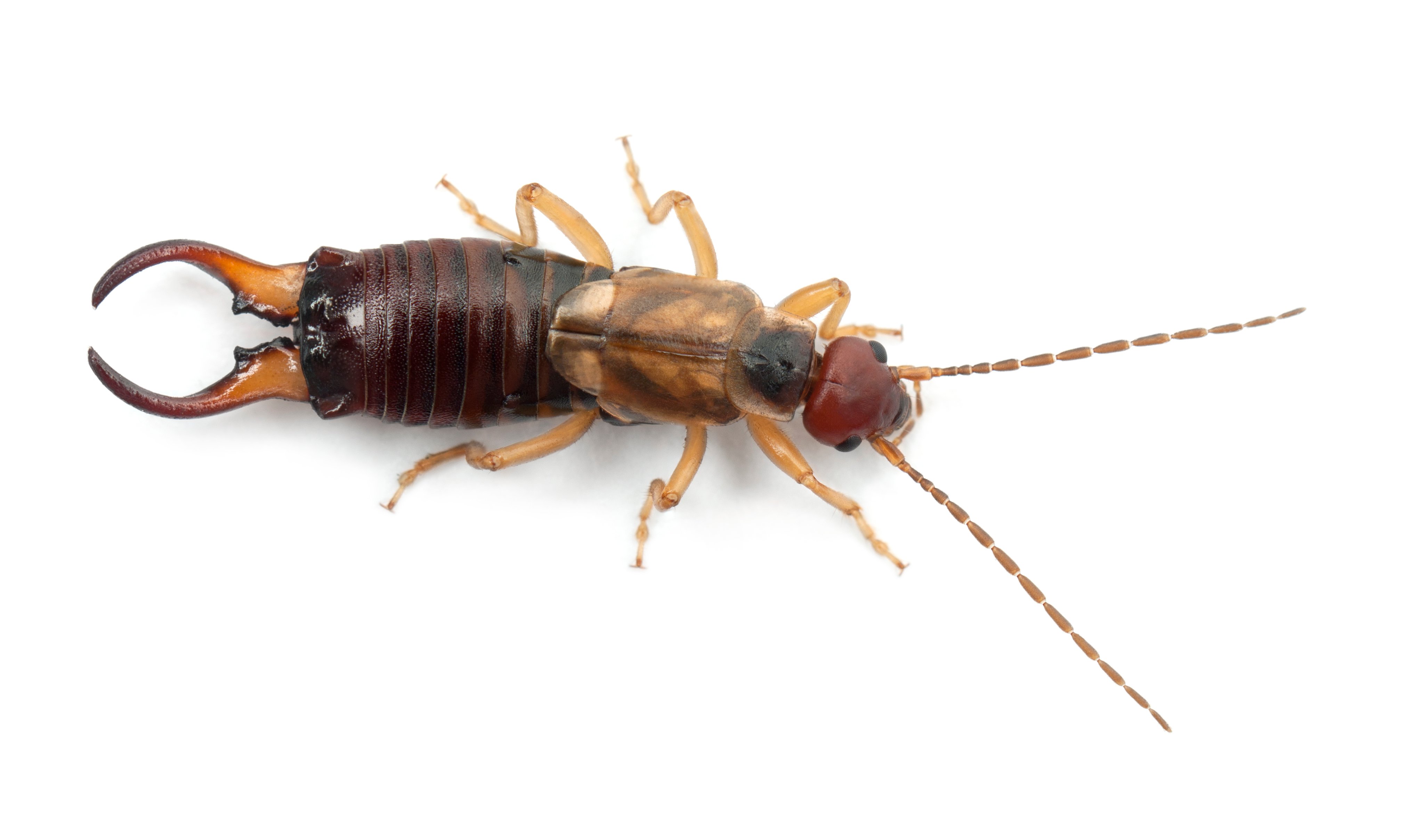Table Of Content

The females will always reproduce outdoors, preferring to lay their eggs within the soil or a small crevice. While living outside is where earwigs are most often found, they can get indoors unless by modes of transportation such as bags or trash. Earwigs look for cool and damp environments, such as under paving stones, tree bark, dead logs, cracks in the soil, or buried deep inside flowers. Therefore, it is unlikely they will be an infestation in your home, but it is possible to see some stragglers inside with you.
Eliminate places where pincher bugs hide
Apart from the difference in their pincers, male and female earwig bugs look similar. Their pinchers or bite are not toxic to humans and are mostly harmless. They usually use their pinchers to defend against other insects; their pinchers are also used to help attract another earwig mate. There are more than twenty species of earwigs in the United States. Some species produce a foul smelling liquid that they use for defense. Scientists believe that this pheromone is the reason that earwigs cluster together in large numbers.
More in Pest Control
Orkin’s exclusive Points of Service process is a continuing cycle of five critical steps. Because of their nocturnal nature, you're likely to spot them in the evening and at night. But if you're partial to sitting outside in the morning to enjoy a cup of java, you may have seen the damage they can do to your flowers.
How do I get rid of earwigs in my house?
She is a professor of Horticulture, an Education Specialist, and a pest specialist. She first joined Future Plc as a News Writer across their interiors titles, including Livingetc and Real Homes, before becoming H&G's News Editor in April 2022. Before joining Future, Megan worked as a News Explainer at The Telegraph, following her MA in International Journalism at the University of Leeds. During her BA in English Literature and Creative Writing, she gained writing experience in the US while studying in New York. Megan also focused on travel writing during her time living in Paris, where she produced content for a French travel site.
Excess moisture, in shady or damp areas, can also attract earwigs. There are also steps you can take around and in your home to prevent future earwig problems. Check to make sure gutters and downspouts are clear and properly draining away from the house to prevent moisture build up that might attract earwigs. Seal and cracks and crevices around the foundation of your home. Check doors and windows and even attic and foundation vents for leaks, gaps, or tears in screens.
How to get rid of earwigs, one of the scariest bugs of lore - WGME
How to get rid of earwigs, one of the scariest bugs of lore.
Posted: Tue, 31 Jul 2018 07:00:00 GMT [source]
Then dispose of the sticky solution (with earwigs) into a trash bag. Since earwigs are not fussy eaters, why not lure them into a sweet, soy sauce trap? Simply, take a small plastic container and mix equal parts vegetable oil and soy sauce inside. Then create holes in the lid that are about 0.25 inches in diameter before covering the plastic container. If you find infested cracks or crevices, carefully sprinkle boric acid power in those hard-to-reach areas. Boric acid is an insecticide that will kill earwigs on contact, and stop them from crawling anywhere near the powder.
Eliminate moisture issues indoors
There are over 1,800 species of earwigs, with around 25 in North America. The native species of earwig is the spine-tailed earwig (Doru aculeatum). This insect has a dark chestnut brown abdomen, large pincers at the rear, light tan-colored thorax, and light brown legs.
Creepy? Maybe. Crawly? Sure. But here's how earwigs can help you out - Yahoo News Canada
Creepy? Maybe. Crawly? Sure. But here's how earwigs can help you out.
Posted: Tue, 11 Jul 2023 07:00:00 GMT [source]
How to get rid of earwigs – 5 quick ways to banish them from the house

Usually, seeing a few earwigs is not serious enough to warrant fighting them off. However, if you see large numbers, you may want to take precautionary measures. How can you tell if you have a problem with earwigs in your yard or house? You probably know earwigs due to their scary pincers on their abdomen. These pests are known to bite to protect themselves if they feel threatened. Find out more about the difference between earwigs and spiders.
Keep mulch, dead leaves, and other vegetation 6 to 12 inches away from your home's foundation. Finally, trim trees and shrubs to help eliminate damp, shady areas, especially near the house. Earwigs prefer to live in the same type of environment where you are also likely to find centipedes, millipedes, and roly-polies (sow bugs).
There is a superstition that earwigs burrow into the ears of people while they sleep. Earwigs frighten many people because of the pincers on the back of their abdomens. Earwigs use these pincers for defense and for sparing with rival earwigs. If you're trying to get rid of aphids, you might want to leave earwigs be. Well, while it doesn't kill the critters, it does deter them from eating your plants.
Outdoors, you might find a few of them lurking in the soil or around vegetation surrounding the house. Earwigs can be unpleasant to find in the home and a problem to plant life in the garden. If you come across a few, there are more than a few methods that can help get rid of earwigs.

No comments:
Post a Comment